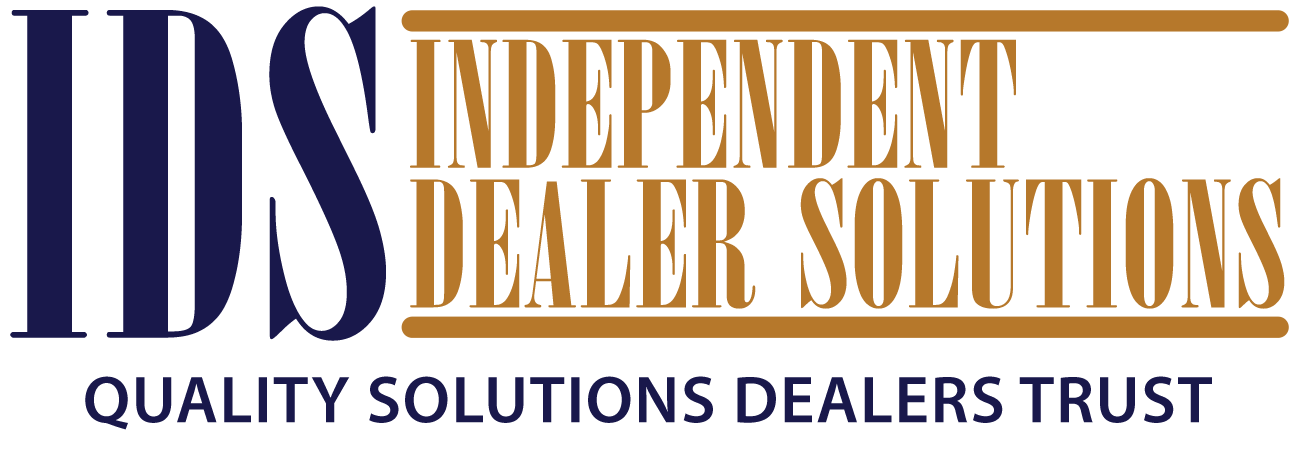The Federal Reserve’s battle to taper inflation by ratcheting up interest rates is limiting who can afford to purchase a new or used vehicle.
The rate hikes have many Americans lowering their buying expectations, opting for used vehicles over new, or fixing their current car or truck instead of purchasing a replacement.
It’s hitting lower-income consumers, with credit scores below 620, the hardest, according to data insights firm Cox Automotive.
“We continue to see subprime buyers squeezed out of the auto market by the Fed repeatedly moving rates higher. The 10 consecutive rate increases have limited who can buy vehicles to mostly high-income, high-credit-score buyers,” said Cox chief economist Jonathan Smoke.
At various points in 2018, subprime buyers made up more than 14% of new vehicle sales, while deep subprime buyers made up close to 10% of the market, according to Cox. This year, subprime buyers account for roughly 6% of new vehicle sales and deep subprime account for less than 2%, Cox reports.
Used vehicle prices have increasingly become a barometer for inflation since early last year when the Biden administration blamed the market for rising inflation rates. Last month the consumer price index rose 0.4%, pushed higher by rising prices for housing, used vehicles and gasoline.
The rising interest rates come on top of already-higher vehicle prices — driven up by tighter supply of new and used vehicles. Inventory has been squeezed since 2020 due to factory shutdowns from the coronavirus pandemic and ongoing, but increasingly improving, supply chain issues.
